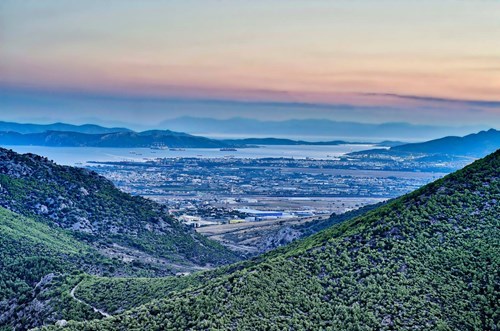Eleusinian Mysteries and the Sacred Way - Highlighting their importance through digital mapping
What was Straton’s monument, how is it related to Aspropyrgos, and why was it built there?
Who was Pythioniki and who built an extravagant cenotaph in her honour? What did Pausanias have to say about it?
The Eleusinian Mysteries are without a doubt of great importance. People from all around the ancient world would arrive in Athens to take part in the greatest rituals and be initiated. The route from Athens to Eleusis was long and difficult. During the hours-long procession towards the Sanctuary of Demeter and Kore, initiates would cross different places and make stops; we know that in the Sanctuaries of Apollo and Aphrodite rituals would take place and it was the importance of the Sacred Way that led to the construction of monuments, mostly sepulchral, like the one of Straton and the cenotaph of Pythioniki.

The digital interactive map of myEleusis, created by MENTOR cultural production and management company, visualises the route followed during the Eleusinian Mysteries and highlights the monuments that are located across the Sacred Way and the city of Eleusis.
In total, myEleusis.map unites all these monuments so that users get a spherical view of the ancient sacred route. At the same time, users may as well “zoom in” and find out more information about each of the monuments. Information consists of audiovisual material, texts, literary references -anything found during the research.
The digital map of myEleusis transfers its users in space (across the route from Athens to Eleusis) as well as in time; today’s urban and in many cases industrial landscape disappears and the mostly rural environment of antiquity takes its place. The illustration and the aesthetics of the map offer an experience where visitors will not only get informed about the Eleusinian Mysteries and the rituals, but they will also get a glimpse of what the Thriasian Plain probably looked like in ancient times.
Researched and written by
MENTOR
Image
View of the Thriassian Plain and the Gulf of Eleusis / John Vlahidis


